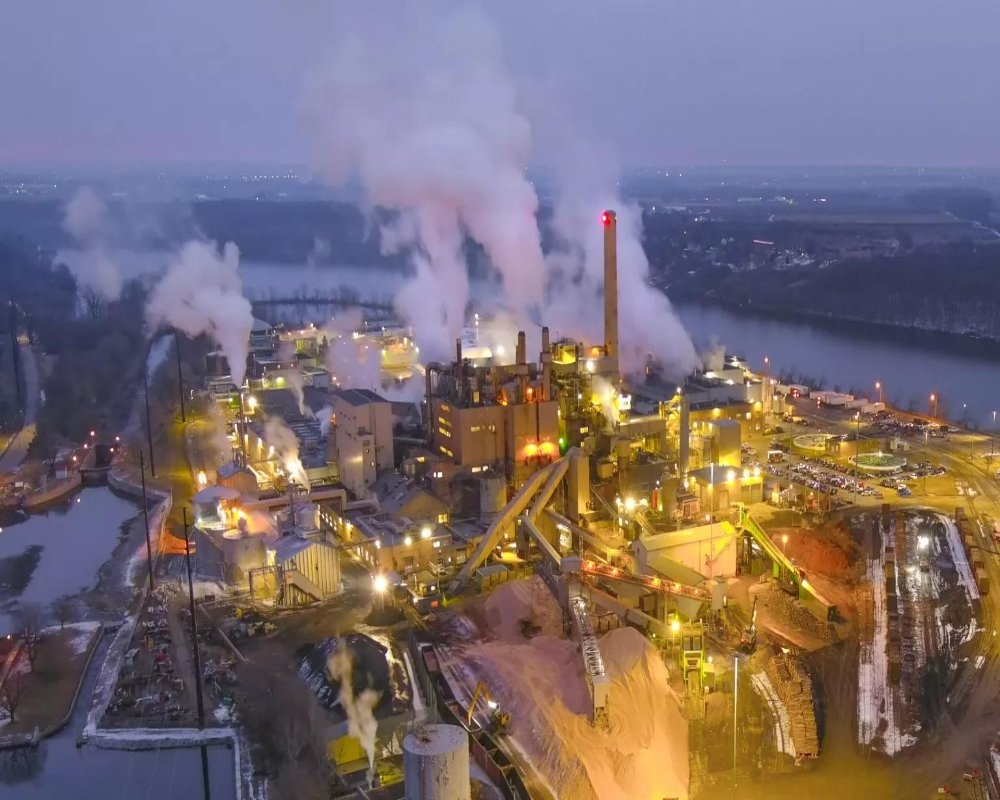Authorities are proposing a guidance value adjustment for non-operational industrial lands, aiming to better reflect their underutilized status and incentivize faster development. Many industrial plots allocated years ago remain vacant or idle, contributing little to economic activity and distorting land market dynamics. Current guidance values, however, often treat operational and non-operational plots equally, leading to misaligned pricing. The proposed adjustment would assign lower guidance values to plots that have not been developed within a specified timeframe. This move seeks to push landowners toward activating or divesting dormant assets for productive industrial use.
The framework under discussion includes defining a clear operational benchmark — such as the commencement of manufacturing, warehousing, or service activities within a fixed number of years post-allotment. Plots failing to meet these benchmarks would be classified separately and subjected to discounted guidance rates during valuation exercises. This would not only correct market pricing but also discourage speculative land holding, which strains infrastructure and planning resources. Owners of non-operational land may also face additional penalties, or lose certain subsidies and development incentives. Authorities aim to create a self-correcting system where economic contribution is tied directly to asset valuation.
The push for guidance adjustment based on operational status highlights a growing emphasis on efficiency, productivity, and accountability in industrial land policy. It signals that mere possession of land without contributing to regional industrial goals will no longer be rewarded with high valuations. Active, compliant, and infrastructure-utilizing plots will increasingly dominate high-value categories. Policymakers believe this move will speed up industrialization, improve land circulation, and enhance the attractiveness of industrial parks to serious investors. Ultimately, linking land value to operational outcomes will foster a more dynamic, sustainable, and growth-oriented industrial ecosystem.


